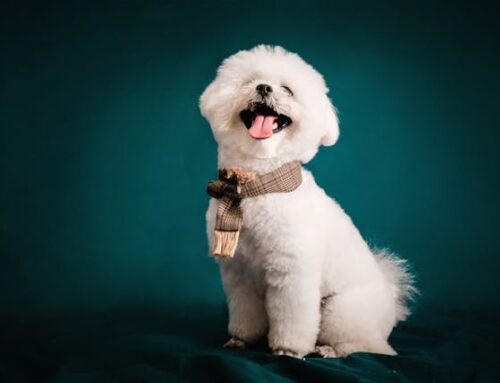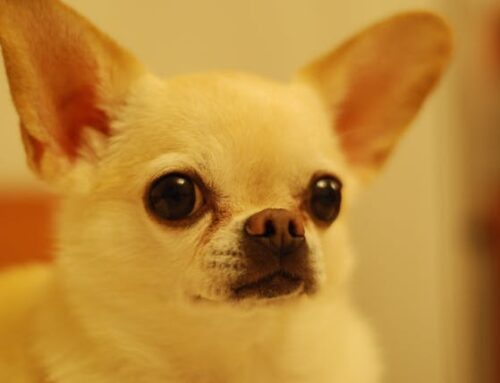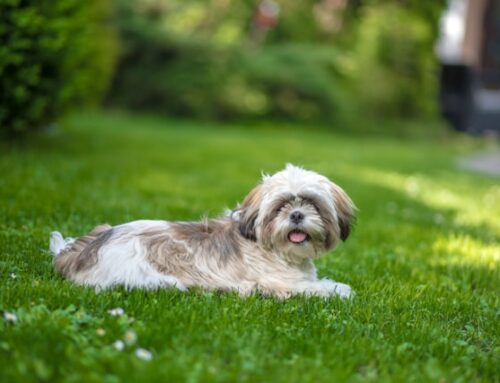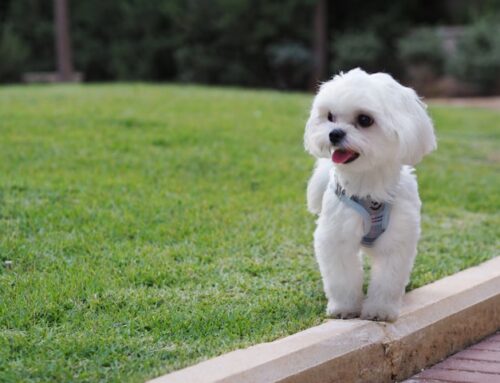 When you’ve adopted a sweet new puppy, it’s natural to want to bring it home right away. There’s just one important thing to do before you introduce it to its new environment.
When you’ve adopted a sweet new puppy, it’s natural to want to bring it home right away. There’s just one important thing to do before you introduce it to its new environment.
A curious puppy will be excited to explore every nook and cranny of its world and may find itself getting into trouble. Here’s how to puppy-proof your home to help keep your new companion safe.
1. Put Away Hazardous Substances
Puppies learn about their world by exploring with their mouths, but this also means they can ingest things they’re not supposed to. Keep dangerous chemicals out of reach and use a childproof latch on cupboards. Watch out for these toxic substances when puppy-proofing.
- Medication
- Household cleaners and detergents
- Pesticides
- Mothballs
- Fabric softener sheets
- Automotive oil
- Antifreeze
- Fertilizer or weed killer
- Rock salt
Make sure your puppy isn’t around when you’re using cleaners and other supplies, and avoid automatic toilet bowl cleaners in case your dog decides to take a drink. If you’ve recently treated your lawn with chemicals, wait 48 hours before letting your puppy in the yard.
2. Check if Your Houseplants Are Toxic to Dogs
Another important part of puppy-proofing is removing dangerous plants from your environment. While many houseplants are harmless, some can cause severe reactions if ingested, including:
- Aloe vera
- Lily
- Sago palm
- Oleander
- Ivy
- Snake plant
- Jade
- Philodendron
- Bird of Paradise
The ASPCA has a list of toxic and nontoxic plants to help you figure out which ones are safe to keep when you’re puppy-proofing.
3. Keep People Food Out of Reach
It’s a good rule of thumb to avoid giving dogs human food, but sometimes they may help themselves if something’s left on a table or counter. Be especially cautious of foods containing Xylitol, a sweetener that can cause a surge of insulin in dogs and lead to liver failure.
Here are some foods that can be toxic to a dog:
- Sugarless gum and candy
- Raw eggs and meat
- Chocolate
- Grapes
- Raisins
- Milk
- Macadamia nuts
Stone fruits like peaches, plums and apricots can be choking hazards because of the pit. Be careful of bones that can splinter when chewed.
Your dog might be tempted by all of the goodies in the trash can. Don’t forget to keep trash bins securely closed or inside a latched cupboard so that your dog doesn’t try to get into scraps and wrappers.
4. Clear Away Clutter
Knives, scissors, needles and sharp tools should all be put away so a rambunctious puppy doesn’t accidentally get hurt. Watch out for items that can be swallowed, such as small toys, rubber bands, sewing needles, coins, paper clips, screws, nails and jewelry. Be sure to sweep and vacuum regularly.
5. Tuck Away Wires and Cords
Curious puppies might play with window cords, so make sure they’re out of reach to prevent entanglement. Electrical cords are dangerous if chewed, so remove frayed wires and unplug cords when possible to prevent shock. Cord concealers and cable ties are helpful in managing wires and keeping them neat and compact.
6. Make Sure Your Puppy Stays Inside
Now that you’ve puppy-proofed your home, make sure your dog stays inside unless supervised. Keep doors and windows securely closed to prevent your puppy from escaping. Ensure your fence is secure and that pools are gated off just in case your dog sneaks out.
Puppy-proofing your home takes a bit of work, but it’s worth the time and effort to keep your precious pup safe.
If you’re ready to make room in your family for a furry canine friend, meet some adorable puppies for adoption looking for a safe and happy home at Georgia Puppies Online today.




